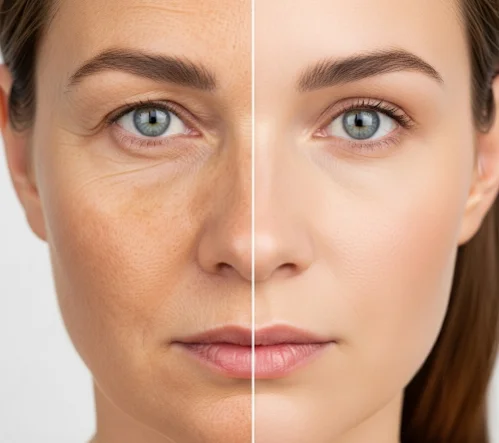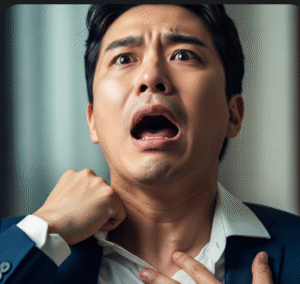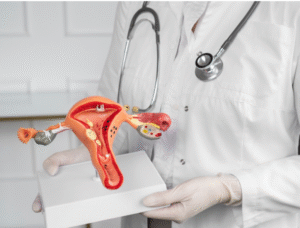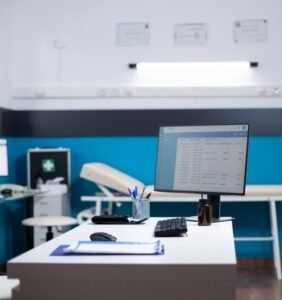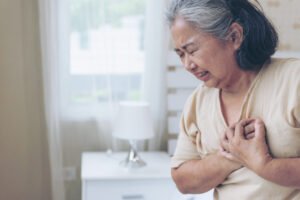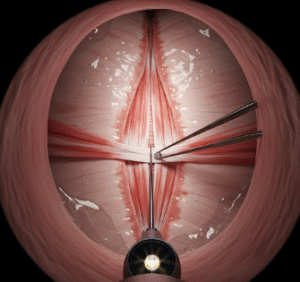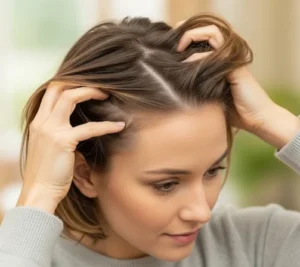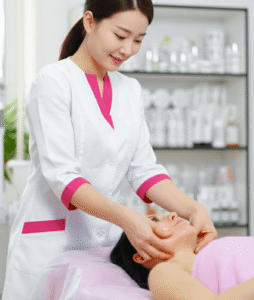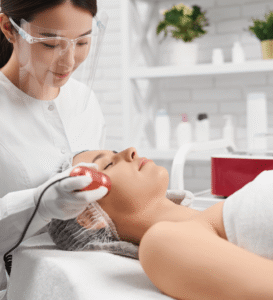What it is
→ Sun damage reversal refers to medical and cosmetic treatments aimed at repairing skin that has been harmed by long-term exposure to ultraviolet (UV) radiation.
→ Sun damage, also known as photoaging, manifests as wrinkles, fine lines, pigmentation spots, freckles, enlarged pores, uneven skin tone, dryness, broken capillaries, and in severe cases, precancerous lesions.
→ Reversal does not mean eliminating all signs of damage completely, but rather restoring healthier skin, reducing precancerous risks, and improving overall appearance.
→ In Korea, sun damage reversal is often a combination of preventive dermatology, advanced technology treatments, and medical-grade skincare protocols.
Why it’s done
→ Sun damage reversal is carried out for both medical and cosmetic reasons.
- Medical benefits → reduces the risk of skin cancers and precancerous conditions such as actinic keratoses.
- Cosmetic benefits → improves skin clarity, reduces wrinkles, evens skin tone, and restores a youthful appearance.
- Psychological benefits → patients often feel more confident and comfortable in their skin.
→ It is especially recommended for individuals with:
- Fair skin or high lifetime sun exposure.
- Multiple age spots, pigmentation, or visible wrinkles.
- Rough or leathery skin texture.
- A history of frequent tanning bed use or outdoor lifestyle.
Alternatives
→ Alternatives to clinical sun damage reversal include:
- Over-the-counter skincare → retinoids, vitamin C serums, niacinamide, and sunscreen to reduce mild pigmentation and fine lines.
- Natural remedies → aloe vera, green tea, and antioxidant-rich diets may provide mild improvements but cannot reverse deep damage.
- Cosmetic facials → spa-based treatments that hydrate and brighten but lack medical-grade effectiveness.
- Makeup and camouflage → covering pigmentation with foundation or concealer.
→ These options may help with mild sun damage, but professional dermatology treatments are required for significant reversal.
Preparation
→ To prepare for a sun damage reversal plan:
- Consult a dermatologist → to assess the severity of damage and determine treatment options.
- Stop tanning → avoid sun exposure and tanning beds before treatment.
- List medications → some drugs (like antibiotics or retinoids) may affect skin sensitivity.
- Discontinue certain skincare → harsh exfoliants or peels should be stopped a few days before procedures.
- Hydrate skin → using gentle moisturizers ensures better tolerance to treatment.
- Baseline photos → clinics often take skin imaging for comparison after treatments.
How it’s Done
→ Sun damage reversal usually involves a multi-step treatment plan, combining preventive and corrective methods:
- Topical therapies
- Prescription retinoids to boost cell turnover.
- Hydroquinone or tranexamic acid creams to lighten pigmentation.
- Vitamin C and antioxidant serums to repair oxidative stress.
- Medical procedures
- Chemical peels → remove damaged outer layers to reveal fresher skin.
- Laser treatments → fractional CO₂, erbium, or intense pulsed light (IPL) target pigmentation and wrinkles.
- Photodynamic therapy (PDT) → repairs precancerous lesions caused by sun exposure.
- Microneedling with PRP (platelet-rich plasma) → stimulates collagen regeneration.
- Radiofrequency therapy → tightens skin and smooths texture.
- Cosmetic enhancements
- Fillers and botulinum toxin (Botox) for wrinkle reduction.
- Hydration boosters (such as hyaluronic acid injections).
- Preventive care
- Daily broad-spectrum sunscreen use.
- Lifestyle changes like hats, UV-protective clothing, and antioxidant-rich diets.
→ Treatments are usually spread over several sessions, customized for each patient.
Recovery
→ Recovery depends on the type of procedure performed:
- Topical therapy → minimal downtime, but peeling and dryness may last 1–2 weeks.
- Chemical peels → redness, flaking, and sensitivity for 5–7 days.
- Laser therapy → mild swelling and redness for 5–10 days, followed by gradual healing.
- Photodynamic therapy → sensitivity to light for up to 48 hours, redness, and peeling for about 1 week.
- Microneedling or RF treatments → redness for 24–48 hours, minimal downtime.
→ Full results are typically visible after several weeks, with continued improvement for months.
→ Dermatologists recommend strict sun protection during recovery to prevent new damage.
Complications
→ Sun damage reversal is generally safe, but potential complications include:
- Temporary redness, swelling, or peeling.
- Pigment changes (hyperpigmentation or hypopigmentation), especially in darker skin tones.
- Scarring or infection (rare, usually after deep chemical peels or aggressive lasers).
- Allergic reactions to topical products.
→ Most side effects are temporary and minimized when treatments are performed by skilled dermatologists.
Treatment options in Korea
→ Korea is world-renowned for innovative skin care and dermatology treatments, making it one of the best places for sun damage reversal.
- Advanced technology → clinics widely use fractional CO₂ lasers, IPL, and pico lasers for pigmentation and rejuvenation.
- Combination therapies → dermatologists often blend medical treatments with K-beauty skincare protocols for enhanced results.
- Preventive culture → patients are encouraged to undergo regular skin screenings and use sunscreen daily.
- Customized plans → Korean dermatologists design personalized treatment plans based on skin type, age, and severity of damage.
- Cosmetic integration → many clinics combine medical reversal with cosmetic enhancements such as skin boosters and injectables for comprehensive results.
- Medical tourism hub → Seoul, particularly Gangnam, is known for high-end dermatology clinics serving both locals and international patients.
- Post-care excellence → structured aftercare, including soothing therapies, medical-grade skincare, and follow-up visits, ensures optimal results.
→ With its blend of medical precision, cosmetic expertise, and cutting-edge technology, Korea stands as a global leader in sun damage reversal.

